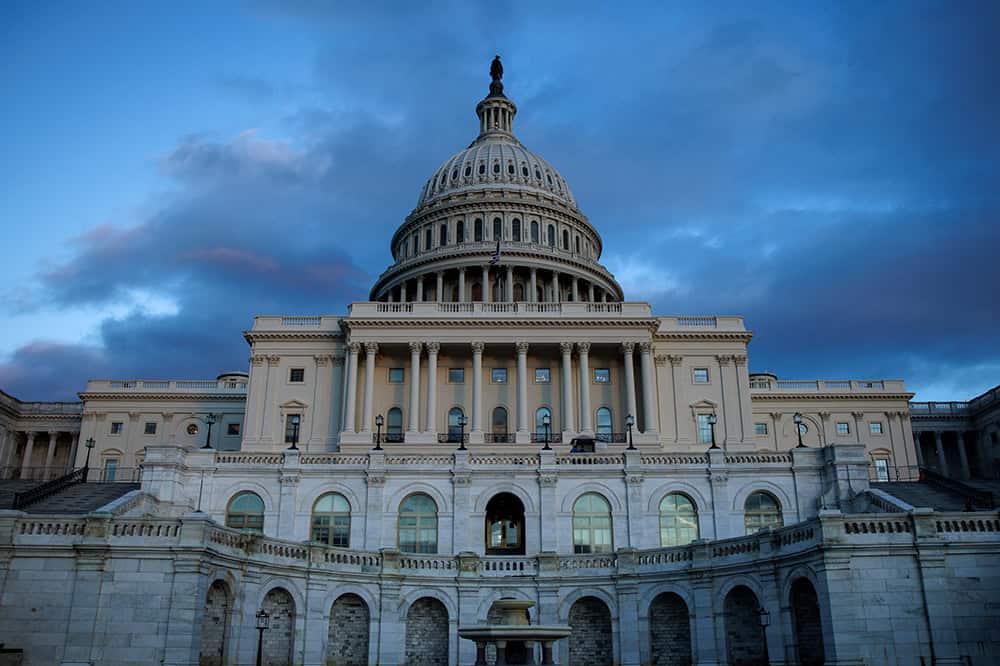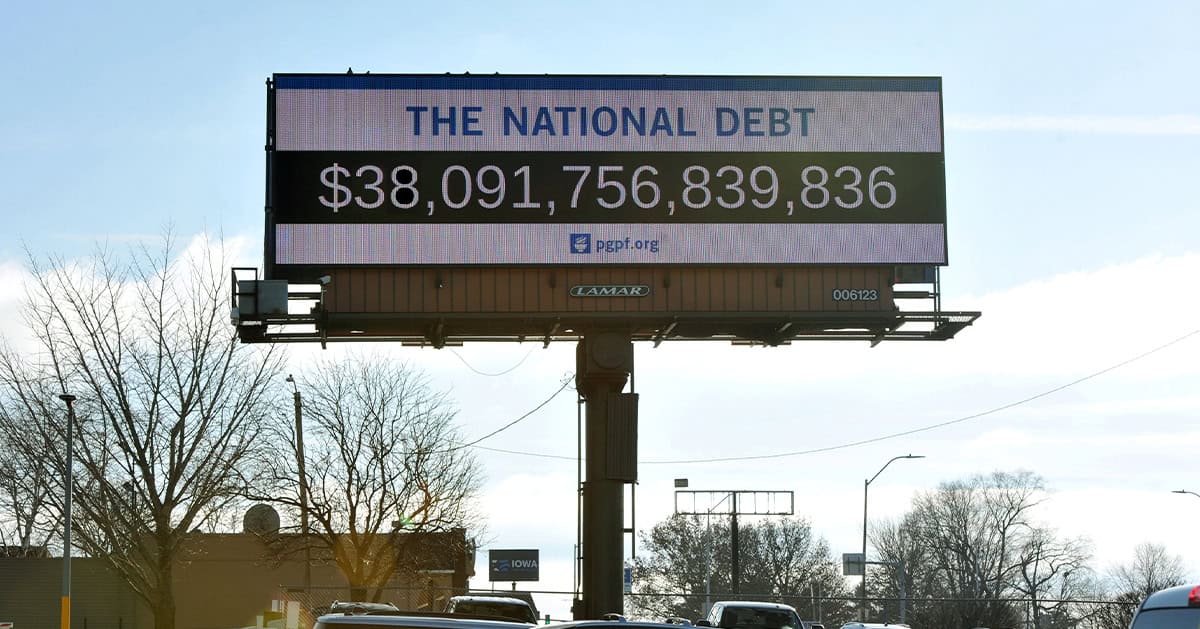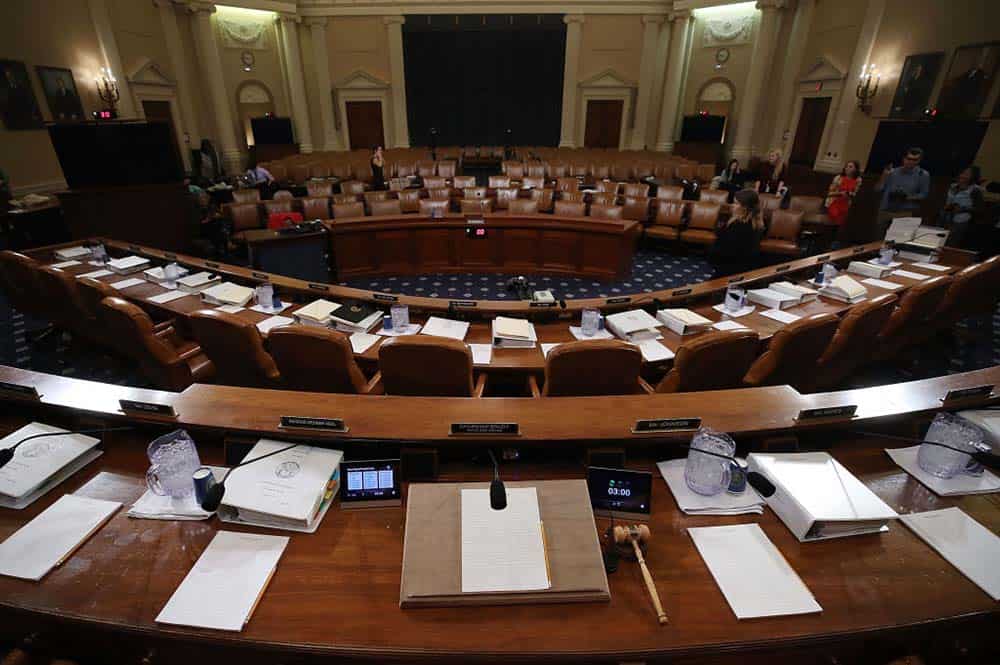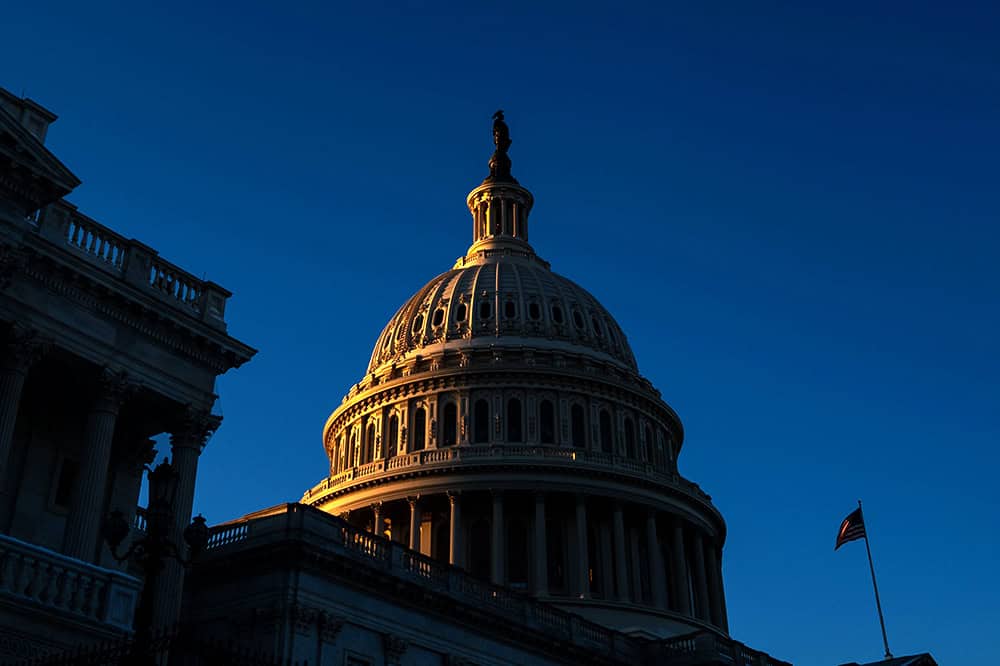Long-Term Budget Outlook Leaves No Room for Costly Legislation
As lawmakers consider costly legislation to extend expiring tax provisions this year, CBO’s latest projections serve as a warning that our fiscal outlook is already dangerously unsustainable.
Read MoreNational Debt Would Skyrocket Under TCJA Extension
New analysis released from the nonpartisan CBO shows deficits doubling and debt skyrocketing under a scenario where the expiring provisions of the Tax Cuts and Jobs Act were made permanent.
Read MoreOur National Debt
America’s fiscal health and economic strength are closely linked. Learn more about the drivers of our national debt and its economic impact.
Read MoreWhy Is the Federal Deficit High If Unemployment Is Low?
The U.S. is experiencing an unusual and concerning phenomenon — the annual deficit is high even though the unemployment rate is low.
Read MoreDelaying Fiscal Reform is Costly, Annual Treasury Report Warns
The Treasury projects that debt as a percentage of GDP will grow to more than five times the size of the U.S. economy in the next 75 years.
Read MoreHow Much Is the National Debt? What Are the Different Measures Used?
There are three widely used measures of federal debt. What are the important differences between these measurements?
Read MoreTop 10 Reasons Why the National Debt Matters
At $38 trillion and rising, the national debt threatens America’s economic future. Here are the top ten reasons why the national debt matters.
Read MoreWhat Is the National Debt Costing Us?
Programs that millions of Americans depend on and care about may be feeling a squeeze from interest costs on our high and rising national debt.
Read MorePoll: Voters Don’t Want New Legislation or Tax Cuts that Increase the National Debt
This year, President Trump and the new Congress face a series of high stakes fiscal policy decisions.
Read MoreAny Way You Look at It, Interest Costs on the National Debt Will Soon Be at an All-Time High
The most recent CBO projections confirm once again that America’s fiscal outlook is on an unsustainable path — increasingly driven by higher interest costs.
Read More








